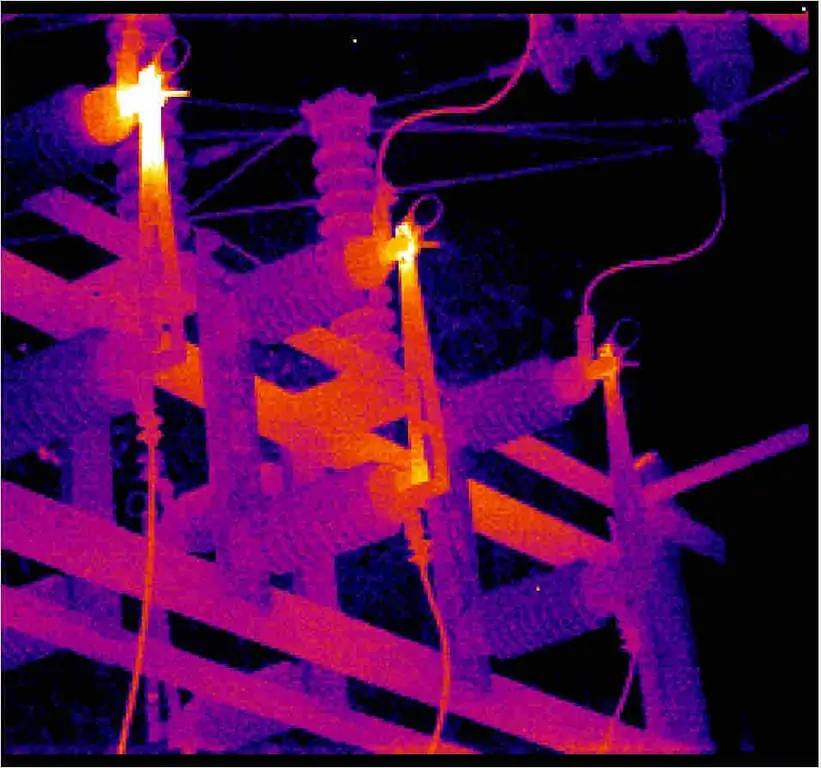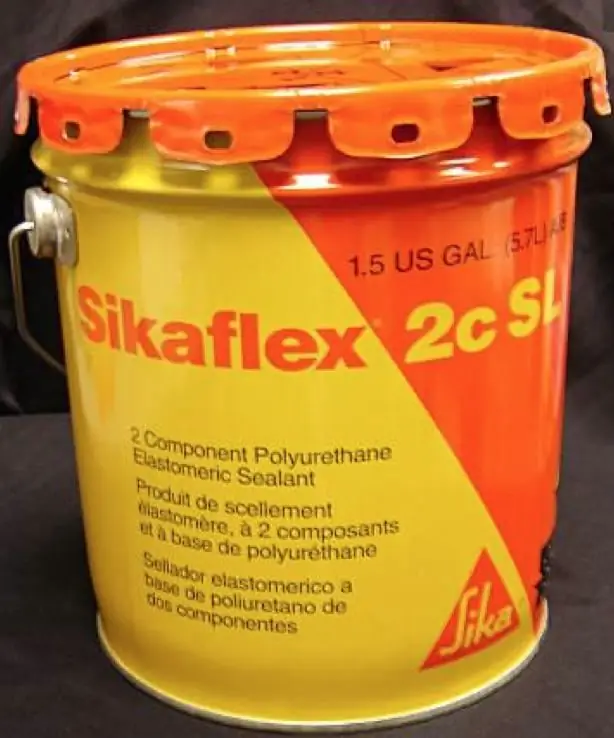2026 Author: Howard Calhoun | [email protected]. Last modified: 2025-01-24 13:10:43
The first snowplow train was developed in Russia in 1910. The collected snow was loaded into wagons located on a parallel track. In the thirties, the first snow blowers of a conveyor scheme appeared with the movement of snow along the entire train to the unloading mechanism. Trains with such a device are still used on Russian railways.
Operation of snowplow trains

The purpose of such trains is to clear snow from crossings, station areas and hauls. In warm, snowless seasons, such trains can be used to clear dirt and debris from tracks. In addition to direct cleaning of the tracks and the surrounding area, snowplow trains transport snow or debris from cleared areas. Over its more than a century of history, this type of rolling stock has received many improvements.
Types of snowplow trains

Composition of snowplow trains may vary. They aremay consist of several wagons. For example, non-self-propelled trains of the SM family consist of a head car with a cleaning unit, one or two intermediate cars, and a trailing car with an unloading device. A locomotive is used to move such a train. PSS snowplow trains are self-propelled. They can include from three to five cars, including the traction and power section. There are also one-car snowplows.
SM snow trains
The head section carries a diesel power plant that provides energy to the train units. Such trains are capable of clearing the tracks from an eighty-centimeter layer of snow. The harvesting machine has wings to increase the width of the harvested strip. Without wings, a strip about two and a half meters wide is cleared, and with unfolded wings - a little more than five meters.
The speed of movement of such a train in the operating mode can be different and depends on the density and thickness of the snow layer, as well as on the presence of various obstacles, and varies in the range from five to ten kilometers per hour. A drum with brushes is installed on the head section to clear the paths and collect snow. It has a scoring blade and wings to fight deep and dense snow.
To completely clear the area, in some cases, two train passes are required. In such cases, the drum is raised and used only when it is necessary to further push the snow onto the conveyor. Additional lanes on the sides of the track are cleaned with both wings and side brushes. Brushes can be mounted on the fenders themselvesor in the base of the front section.
Snow removal trains SM of all modifications are capable of cleaning tracks from heavily compacted snow and ice. In such cases, two or three passes over the site are required. Ice is chipped during the first pass, and the second and third paths are cleaned with brushes. When all the train cars are full, it goes to a specially designated place for unloading. The unloading of such a train can take place in any direction, both during parking and while moving.
Snow removal trains PTS
The snow-removing train PSS-1 consists of a head section-gondola car, two middle gondola cars, a gondola car with a conveyor equipped with a swivel mechanism, and a propulsion or traction-energy section with a rotary unloading mechanism. The PSS-1K snow-removing train is used for clearing snow and debris from stations and hauls, crossings and switches. Loading snow into gondola cars and unloading it in specially designated places is done mechanically.
Such a train is capable of removing up to one thousand two hundred cubic meters of snow or up to five hundred cubic meters of garbage per hour. In the ice chipping mode, the capacity can be up to six hundred cubic meters. Snowplow train PSS-1 can operate in two modes. When the head section moves forward, the paths are cleared of snow with a brush drum-feeder and folding wings. In this case, the collected snow is dumped away from the tracks at the same time as cleaning.
The arrows can also be purged with a special fan machine. ATthe same mode is carried out and the chipping of ice frozen on the tracks with the help of an active icebreaker in those sections of the track where it is necessary. When moving forward, the tail (traction-energy) section cleans the tracks of stations, hauls and crossings with the help of side brushes and a feeding brush drum. At the same time, the collected snow mass is thrown away from the tracks.
The station parks are also cleared with a feeder drum and side brushes. In the same mode, pre-chipped ice is cleaned with side brushes and a drum.
Snow train equipment

The design of such trains includes special devices designed to break ice and ensure complete clearing of track sections for the unhindered passage of trains in the winter. Wings increase the width of the cleared strip in overall areas, which significantly reduces the time spent on work. When moving the train and in oversized places, the wings are folded along the frame.

Brushes on the front and sides of the train are designed for better track cleaning. In difficult cases, a complete clearing is not possible the first time, and the train must make one or two more passes. Additionally, the snow blower is equipped with a baking powder to crush the snow mass before loading onto the conveyor. Snow trains speed up track clearing with high throughput rates, which on some models can reach up toone thousand tons per hour.
Using snow blowers in summer

During the summer, snow trains are used to remove debris from the tracks and can work with an additionally attached tank with a supply of water to treat the cleared areas with special sprayers. This treatment can significantly reduce the amount of dust raised by trains in dry weather.
Recommended:
Russian trains: elite RZD trains

Under the clatter of the wheels of a train rushing into the distance, one dreams in a special way, and dreams seem more interesting. Russian trains have long established themselves as a convenient, popular and affordable type of domestic public transport. As for branded and high-speed trains, they are considered the pride, the elite of Russian Railways. Riding in them is comfortable and pleasant, they are serviced according to the highest class: the cars are clean, the air conditioners are working, the bed linen is almost new
Thermal imaging control of electrical equipment: concept, principle of operation, types and classification of thermal imagers, features of application and verification

Thermal imaging control of electrical equipment is an effective way to identify defects in power equipment that are detected without shutting down the electrical installation. In places of poor contact, the temperature rises, which is the basis of the methodology
Main types and types of business plans, their classification, structure and application in practice

Each business plan is unique, because it is developed for certain specific conditions. But you need to familiarize yourself with the features of various types of business plans in order to understand their key features. Experts recommend doing this before compiling your own similar document
Fluxed wire: types, selection, specifications, nuances of welding work and application features

Today, there are many welding technologies. Each of them has its own specifics and advantages, and therefore is used only in certain conditions. At present, automatic welding with flux-cored wire is quite often used
Two-component polyurethane sealant: definition, creation, types and types, characteristics, properties and nuances of application

With long-term and high-quality sealing of seams and cracks, polyurethane two-component sealants have found their wide distribution. They have high deformation and elastic properties, therefore, they can be used as butt sealants in the field of repair and housing construction

